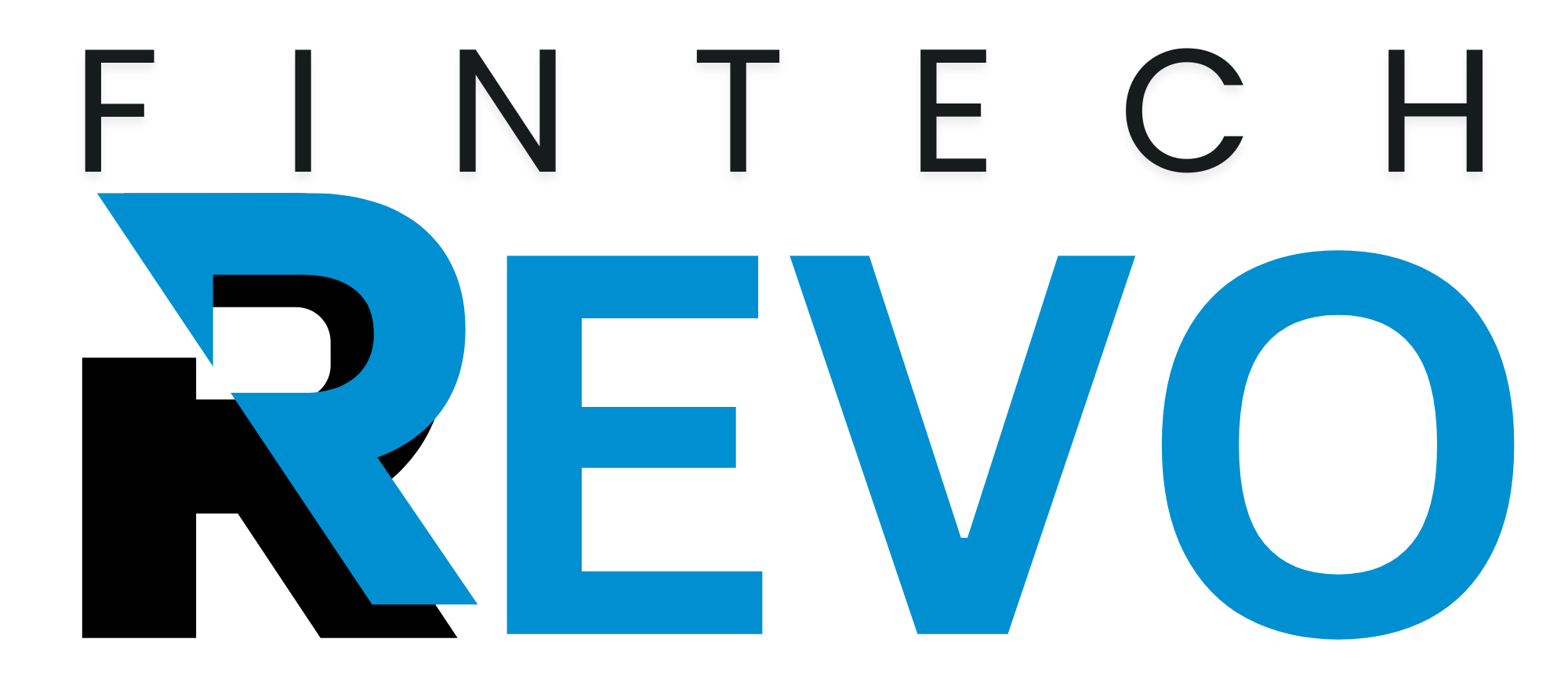Digital signage is changing the way businesses communicate with their audience. Whether it’s displaying dynamic content in retail spaces, enhancing brand visibility in corporate environments, or improving public information systems, digital signage has become an essential tool for many industries.
But with so many options on the market, how do you choose the best digital signage company for your needs? In this article, we’ll look at the top digital signage companies that offer reliable solutions and innovative technology to help you make an informed decision.
Best Digital Signage Companies in 2025-2026
Here’s a table showcasing the top digital signage companies that stand out in terms of services, technology, and reputation.
| Company Name | Key Strengths | Specialization Areas | Notable Clients |
| Samsung Electronics | Advanced display technology, robust software solutions | Retail, Hospitality, Corporate, Education | McDonald’s, Best Buy, IKEA |
| NEC Display Solutions | Excellent reliability, wide range of display options | Digital Out-of-Home (DOOH), Entertainment, Transport | Walmart, Heathrow Airport, Pepsi |
| BrightSign | Seamless media players, great scalability | Retail, Corporate, Exhibitions, Digital Billboards | Coca-Cola, Toyota, Disney |
| Scala | Easy-to-use content management systems | Retail, Healthcare, Education | Vodafone, L’Oreal, Unilever |
| Daktronics | High-quality outdoor displays, large-scale installations | Sports venues, Public Events, Outdoor Signage | NFL, MLB, Olympics |
| Four Winds Interactive | Comprehensive software and hardware solutions | Corporate, Education, Transportation | JetBlue, H&M, University of Arizona |
| Userful | Cloud-based solutions, user-friendly interfaces | Education, Corporate, Retail | Bell Media, University of Toronto |
| VueWorks | Focus on smart city digital signage solutions | Smart Cities, Transport, Public Sector | Miami-Dade County, City of Vancouver |
Now, let’s take a deeper look at each company and what makes them a top contender in the digital signage industry.
1. Samsung Electronics
Samsung has long been a leader in the display market, and its digital signage solutions are no exception. Known for producing high-quality displays, Samsung combines advanced display technology with powerful content management systems to create seamless digital signage experiences.
Key Features:
- Display Technology: Samsung’s LED and QLED displays offer high resolution, durability, and energy efficiency.
- Software: The MagicInfo software suite provides robust content management and scheduling tools.
- Customization: Their signage solutions cater to a variety of sectors, including retail, hospitality, and education.
Why It Stands Out:
Samsung’s reputation for innovation in display technology translates into impressive visual clarity, reliability, and performance for any signage need. The company’s broad portfolio offers tailored solutions, whether you’re looking to create an eye-catching digital experience in a retail store or a high-performance information display for a corporate environment.
2. NEC Display Solutions
NEC is another giant in the digital signage world, known for its versatility, dependability, and extensive product lineup. NEC excels at providing solutions for both indoor and outdoor signage, particularly for high-traffic locations.
Key Features:
- Wide Range of Displays: From ultra-narrow bezel screens to large-format outdoor displays, NEC has it all.
- Content Management Systems: NEC’s software platforms offer content creation, scheduling, and remote management.
- Scalability: NEC’s signage systems can easily scale to meet the needs of both small and large businesses.
Why It Stands Out:
NEC’s focus on durability and clarity makes it a top choice for industries requiring high-traffic displays, such as transportation hubs and entertainment venues. Their outdoor solutions, in particular, are highly regarded for their resilience to various environmental conditions.
3. BrightSign
BrightSign specializes in media players that enable seamless digital signage across various environments. They provide both the hardware and software to ensure the highest quality playback and ease of management.
Key Features:
- Reliability: BrightSign’s players are known for their robust performance and are trusted by many enterprises.
- Scalability: Their system easily scales from a single display to a network of thousands.
- Integration: BrightSign supports a wide range of content formats and integrates well with third-party tools.
Why It Stands Out:
BrightSign is best known for its reliability and scalability. Whether you’re running a single display or hundreds, their solutions ensure smooth playback and efficient content management. BrightSign’s solutions are particularly effective for interactive kiosks, exhibitions, and digital billboards.
4. Scala
Scala is renowned for offering content management solutions that allow businesses to control their digital signage content remotely and efficiently. The company is especially strong in offering software solutions that cater to industries like retail, healthcare, and education.
Key Features:
- CMS Flexibility: Scala offers a content management system that is user-friendly and highly flexible.
- Customizable Solutions: Their software integrates with a variety of hardware, allowing users to mix and match according to their needs.
- Analytics: Scala provides built-in analytics to measure the effectiveness of signage content.
Why It Stands Out:
Scala is one of the best options for businesses looking for an easy-to-use platform with high customizability. Their ability to integrate with existing hardware and their robust content analytics system make them a top choice for companies looking to measure and optimize their digital signage impact.
5. Daktronics
Daktronics specializes in high-quality, large-format displays, particularly for outdoor use. They are known for their robust outdoor signage, making them a go-to solution for stadiums, arenas, and large public spaces.
Key Features:
- Outdoor Signage: Daktronics excels in producing large, high-resolution outdoor screens.
- Customization: Their displays are customizable for various environments and events.
- Technology: Daktronics offers integrated solutions with real-time content updates.
Why It Stands Out:
Daktronics is the go-to choice for companies looking to install large-scale outdoor digital signage. Their experience in sports and public event venues, where displays need to be extremely durable, sets them apart from many other companies in the field.
6. Four Winds Interactive
Four Winds Interactive provides end-to-end digital signage solutions, including both hardware and software. They’re known for their advanced software that integrates seamlessly with existing systems and their focus on providing high-quality support.
Key Features:
- Cloud-Based Solutions: Their cloud-based content management system makes it easy to manage displays remotely.
- Comprehensive Analytics: Four Winds Interactive offers powerful analytics tools for performance tracking.
- Multi-Screen Integration: They provide solutions that can be used across multiple screens, ensuring content consistency.
Why It Stands Out:
Four Winds Interactive’s strength lies in its comprehensive approach to digital signage. Their solutions are ideal for industries that need to manage large networks of screens, such as corporate offices, transportation hubs, and educational institutions.
7. Userful
Userful stands out by offering cloud-based, software-driven digital signage solutions. Their systems are particularly useful for organizations looking to manage multiple displays from a central location.
Key Features:
- Cloud Integration: Userful’s cloud software enables users to control signage remotely.
- Affordable Hardware Options: They offer cost-effective, flexible hardware solutions.
- Collaboration Tools: Userful also integrates collaboration features, which is helpful for corporate settings.
Why It Stands Out:
Userful’s software-driven approach to digital signage makes it an excellent choice for companies looking for a cost-effective and scalable solution. Its cloud integration means less reliance on on-site infrastructure, which can be a significant advantage for businesses with multiple locations.
8. VueWorks
VueWorks is best known for its focus on smart city signage solutions. They specialize in providing digital signage for public infrastructure, transportation, and civic projects.
Key Features:
- Smart City Focus: VueWorks offers digital signage solutions specifically tailored to smart city initiatives.
- Real-Time Data Integration: Their signage solutions are designed to work with real-time data feeds, providing dynamic content updates.
- Sustainability: VueWorks focuses on energy-efficient and sustainable signage options.
Why It Stands Out:
VueWorks shines in the public sector, especially in smart city projects. Their integration with real-time data and focus on sustainability make them an excellent choice for municipalities looking to modernize their public spaces with dynamic digital signage.
Discover more only on FinTech Revo .com
Conclusion
Choosing the right digital signage company depends largely on your specific needs—whether it’s an outdoor billboard, interactive display, or a large network of in-store screens. The companies listed here represent the best of the best in the digital signage industry, providing high-quality solutions for businesses of all sizes.
Each company has its own strengths and specializations, making it essential to assess what fits your unique requirements. From advanced hardware options to user-friendly software systems, these companies offer solutions that can take your business communication to the next level.
Important Questions
What is the average cost of digital signage solutions for businesses?
The cost of digital signage solutions can vary widely based on factors such as the number of displays, the type of content management software, and any additional features like interactive capabilities or high-resolution screens.
For example, entry-level systems may start at around $1,000 to $2,000 per display, while more advanced setups, including outdoor displays and custom software solutions, can run upwards of $10,000 to $20,000. Ongoing costs such as software licensing, content creation, and maintenance can also add to the total investment.
When considering the price, it’s essential to factor in both upfront and recurring costs to ensure you’re getting the best value for your business.
How do I choose the right digital signage company for my retail store?
Choosing the right digital signage provider for your retail store depends on several key factors:
- Display Quality: Retail environments require displays with vibrant colors, sharp images, and high brightness to capture customers’ attention.
- Content Management Software: Look for a solution that allows for easy updates, content scheduling, and remote management. This will enable you to adapt your displays based on promotions, events, or seasons without requiring technical expertise.
- Scalability: If you plan on expanding, ensure the provider offers solutions that can scale with your business.
- Integration with POS Systems: Some digital signage providers offer seamless integration with your existing point-of-sale system, allowing you to display real-time product information, inventory levels, or promotions.
Considering these aspects will help you find a solution that best meets the needs of your retail business.
What are the best practices for creating engaging content for digital signage?
To make the most of your digital signage, your content must be dynamic and engaging. Here are some best practices:
- Keep it Short and Sweet: Since digital signage is often viewed for only a few seconds, content should be concise, focusing on key messages.
- Use High-Quality Visuals: Invest in high-resolution images and videos to ensure your displays are eye-catching.
- Consistency: Maintain consistency in fonts, colors, and branding across all screens to reinforce your company’s identity.
- Call to Action: Encourage customer interaction by including clear calls to action, such as “Buy Now” or “Visit our website for more.”
- Real-Time Updates: If your signage supports it, integrate real-time data like stock levels, news feeds, or weather updates to keep content fresh and relevant.
These strategies will ensure your digital signage not only attracts attention but also enhances customer engagement.
Can digital signage solutions be used for internal corporate communication?
Yes, digital signage can be an excellent tool for internal communication within organizations. By placing digital signage displays in common areas, break rooms, and hallways, businesses can share important updates, company news, employee achievements, and training materials in a dynamic way. Key benefits of using digital signage internally include:
- Real-Time Information Sharing: You can quickly communicate updates, policies, or emergency notifications across multiple locations simultaneously.
- Employee Engagement: Displaying employee achievements or team performance metrics can foster a positive work culture.
- Cost-Effective: Compared to printed materials, digital signage is more cost-effective over time since content can be updated remotely and easily.
Whether it’s for conveying HR information, displaying performance metrics, or even creating an interactive employee directory, digital signage provides a flexible platform for internal communications.
How can digital signage improve customer experience in hospitality?
In the hospitality industry, digital signage plays a vital role in enhancing the customer experience by providing dynamic, real-time information. Some ways digital signage can improve hospitality experiences include:
- Check-in and Wayfinding: Digital screens in hotel lobbies can guide guests to their rooms, restaurants, or amenities with ease, reducing frustration.
- Personalized Content: By integrating with the hotel’s CRM system, signage can show personalized offers, room upgrades, or event notifications tailored to individual guests.
- Interactive Menus and Ordering: In restaurants, digital signage can display interactive menus, allowing customers to explore food options, view nutritional information, and place orders directly from the screen.
- Real-Time Information: Displaying live event schedules, weather updates, or local attractions keeps guests informed and enhances their stay.
By leveraging digital signage, the hospitality industry can create a more efficient, enjoyable, and personalized experience for its guests.






